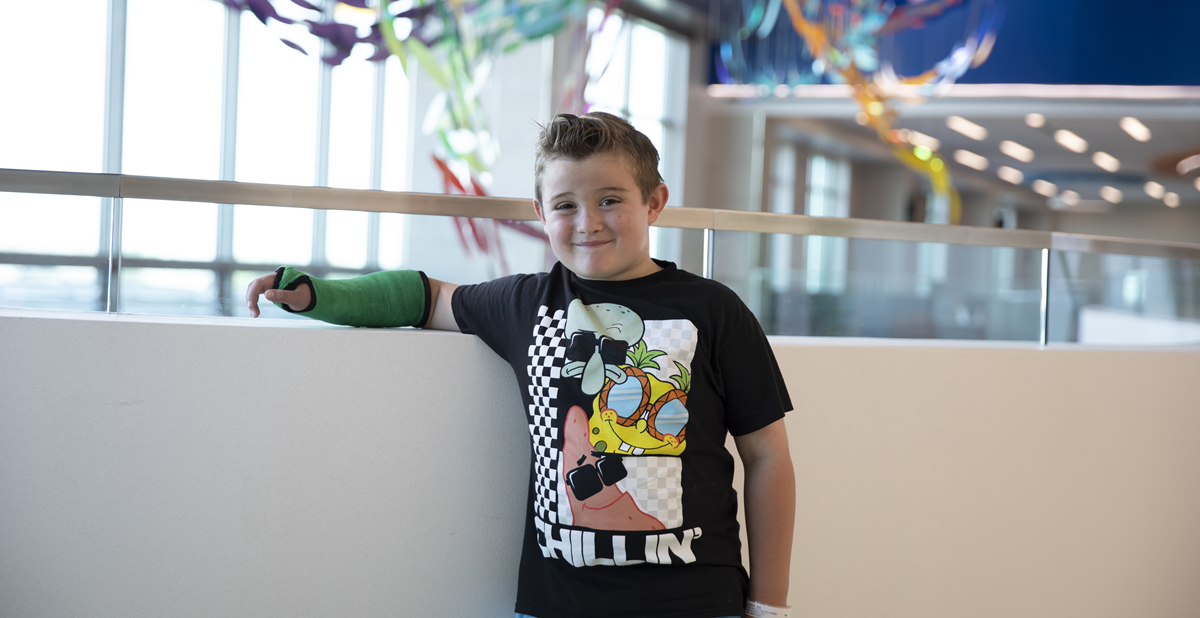Casts are made of two layers — a soft inner layer and a hard outer layer. The inner layer of a waterproof cast uses a special type of lining that allows it to get wet when bathing, showering or swimming. Does a waterproof cast have any risks? Every time a waterproof...


